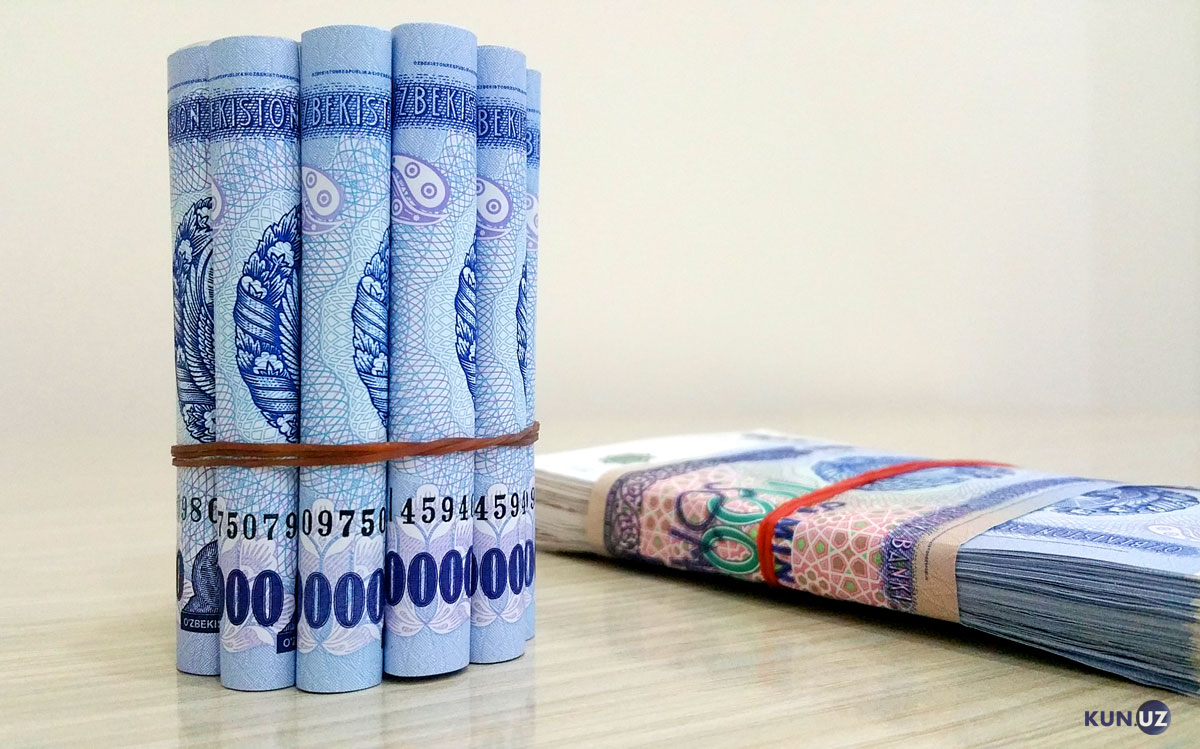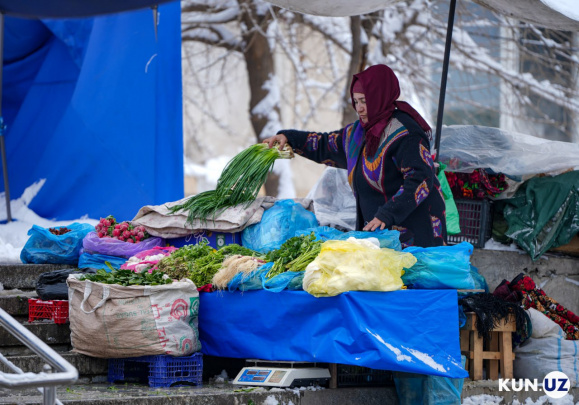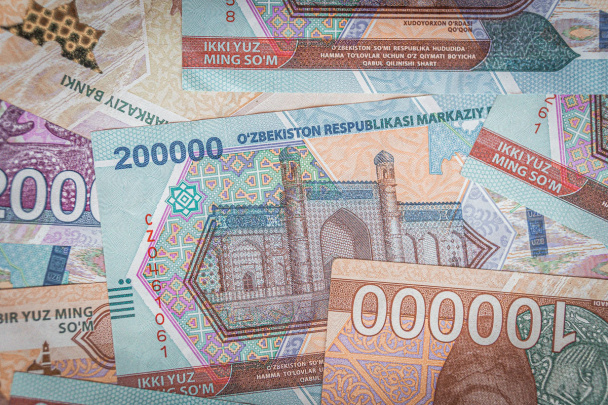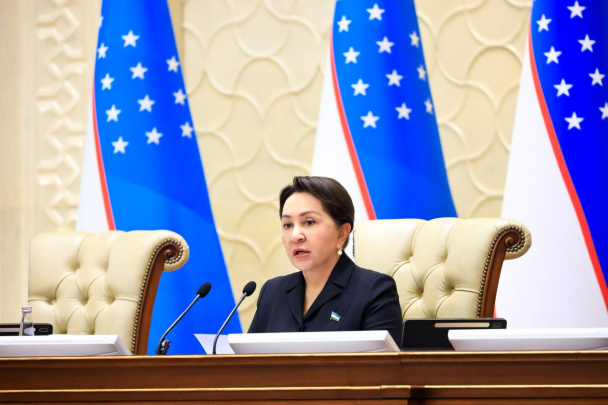Soum depreciates by almost 10 percent since the beginning of 2020
Since the adjustment of the value of the soum in April this year, the exchange rate has been moderately volatile and was largely influenced by domestic foreign exchange demand and supply, the press service of the Central Bank reports.

For example, in November, the devaluation rate was about 0.6 percent, while since the beginning of the year – 9.7 percent.
"Demand for foreign currency became the main driver when forming the soum rate. The decline in export earnings due to the pandemic was offset by an increase in the price of gold and a corresponding increase in Central Bank interventions while maintaining the neutrality of international reserves, as well as the use of foreign currency reserves of the Anti-Crisis Fund,” the Central Bank noted.
Despite the lockdown, the exchange rate was relatively stable (except in April), and during the period of the recovery of economic activity, the deferred demand for foreign currency caused devaluation to accelerate. In particular, during the post-lockdown period of August-November, the national currency depreciated by 2.2 percent.
As a result, the real effective exchange rate of the soum devalued almost back to the fundamental trend, narrowing its positive gap. According to the regulator, a further decline next year will have a greater impact on maintaining a real effective exchange rate near its equilibrium value.
Related News

15:02 / 10.01.2026
Tashkent residents report highest inflation as nationwide perception hits 12 percent

15:00 / 05.01.2026
Uzbekistan projects rising budget deficit through 2028

16:17 / 01.01.2026
Inflation in Uzbekistan slows to 7.3 percent in 2025

14:48 / 18.12.2025



